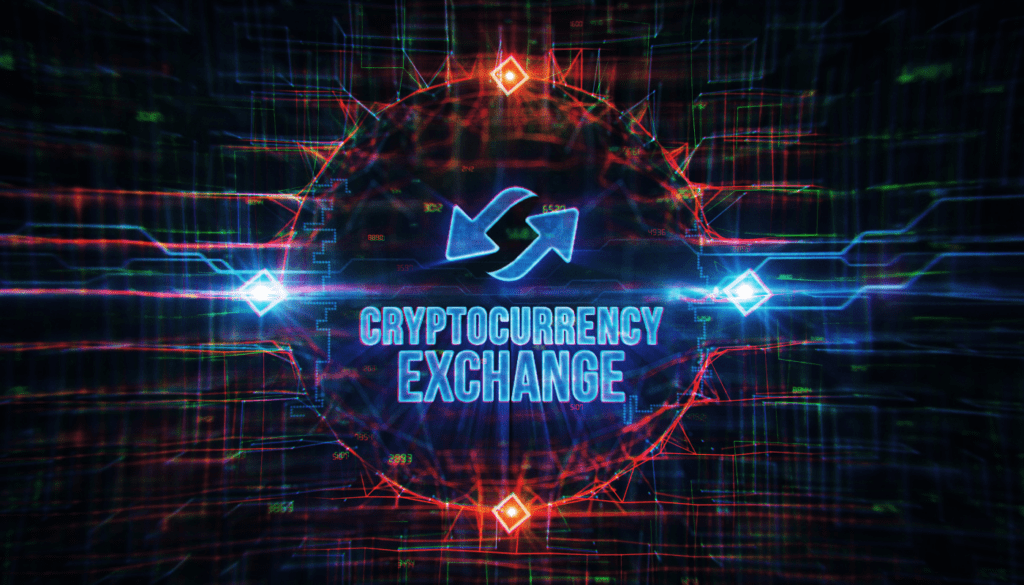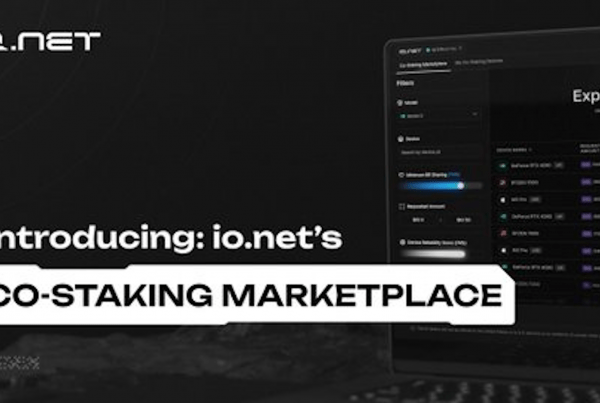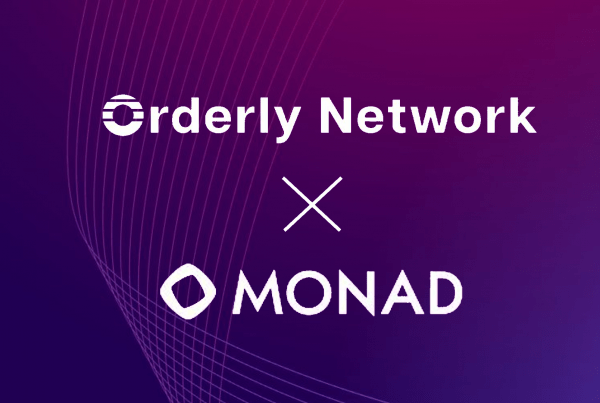
In November of 2022, the world of blockchain was struck by yet another major scandal. This time, the culprit was the world’s third-largest centralized exchange, FTX. It came to light that the CEO of FTX, Sam Bankman-Fried, had illegally transferred over $10 billion USD of user funds from FTX to his sister company, Alameda Research.
The scandal evoked an extreme reaction across the community, with users attempting to withdraw their funds and being unable to do so. After the full extent of the fraud was exposed, FTX imploded, with its trillion-dollar valuation rapidly declining. FTX is now non-operational, with their site being replaced by details of their bankruptcy deal.
Beyond spooking the cryptocurrency community and driving prices across the market down, this event caused a ripple across centralized exchanges. People were suddenly extremely worried about where their funds were, and if the centralized exchange they traded with was properly managing them.
In the months since these events, centralized exchanges like Binance, Coinbase, and StormGain have responded to the FTX implosion in a number of ways. Primarily, through the release of proof of reserve documents. Yet, this isn’t enough. In this article, we’ll dive into the reactions of these three exchanges, demonstrating that StormGain is rapidly winning community favor over Coinbase and Binance.
The Rise of Proof of Reserves
In the days following the misuse of user funds by FTX, major centralized exchanges scrambled to set themselves apart from the ex-third largest CEX. The first reaction, initially seen within Binance, was to release a Proof of Reserve document.
Within a PoR document, businesses are able to list and verify the digital assets that they have on hand. For investors and users that have money stored within a platform, this is a movement toward transparency, showing everyone that their money is exactly where they think it is.
Every PoR document is audited and verified by an independent party, often by another centralized third party. Binance first released this document to demonstrate that their user funds were still on the platform. If FTX had been asked to produce one of these a few months ago, it would have quickly come to light that their money wasn’t where they said it was.
After this first release, other major centralized exchanges quickly hopped on the trend. Coinbase even published a document that explained to their community what a PoR is, as well as how it works.
When a centralized exchange publishes a PoR, they’re showing the world that they have available user funds. This means that if a user wanted to withdraw their own funds, they would be able to. This is, of course, directly reacting to FTX freezing user accounts and preventing them from liquidating their money.
The trend of exchanges freezing user accounts is, unfortunately, a lot more common in centralized exchanges than we’d like to believe. Apart from the FTX scandal, centralized exchanges have also been known to freeze user accounts based on geographic legislation and politics. For those that seek cryptocurrency as a form of truly decentralized finance, this is an alarming sentiment.
Going Beyond Documentation
Binance, Coinbase, and a whole multitude of other centralized exchanges have released their proof of reserve documents. While this has appeased some members of the blockchain community, others aren’t quite so convinced. As the CEO of OSL, Wayne Trench, points out, these documents lack “audited fiat reserves, client and company liabilities, companies loans, and much of the other required information necessary to ascertain a firm’s financial health.”
Many people in the community aren’t fully trusting of the proof of reserves that these companies have published. In fact, this event has served to further call into question why sites like Binance and Coinbase haven’t shared proof of their outstanding debts or current liabilities. For companies that are all about transparency and trust, this is an alarming situation for many investors.
While a proof of reserve document does provide some relief, there is still a fundamental problem with centralized exchanges. By definition, cryptocurrency is a decentralized financial medium. Yet, by trading through centralized companies, the true ownership of cryptocurrency is taken away from the customer.
After what happened with FTX, many aren’t happy with having their cryptocurrency held on a centralized platform. This reaction has caused some more progressive exchanges, like StormGain, to take action.
Following the events of FTX, StormGain – known for their commitment to their community – rapidly constructed and launched a decentralized exchange. This platform leveraged the community backing and support of their centralized exchange but provided a space where users have even more control over their finances.
This was met with a huge positive reaction from the community, demonstrating that the world of blockchain appreciates the additional options. By giving their community a choice over how they hold and use their cryptocurrency, StormGain made the executive decision to favor the true principles of the decentralized world.
If other centralized exchanges want to see the level of community support, trust, and customer power that StormGain has become known for, then following in their footsteps and providing flexible ways of investing would be the way to go.
Final Thoughts
While the FTX scandal was a tumultuous time in the world of blockchain, its aftereffects are seemingly creating a more secure place for all. At the very least, centralized exchanges are now starting to release additional documentation that proves where they’re keeping user funds. On the other hand, we’ve seen StormGain set an exciting and impressive precedent, innovating their CEX model in favor of a new decentralized exchange. If the community reaction is anything to go off, StormGain is likely to have an innovative year on their horizons.



